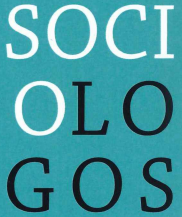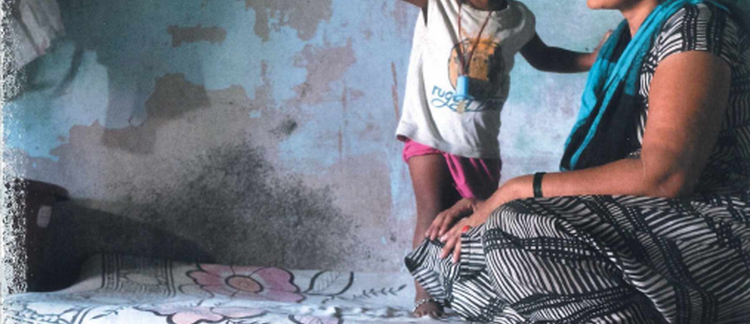Abstract
Truancy is a concept almost every school has to deal with. Over the years, the number of truants stays quite stable or even increases, despite programs of governments and schools to counter it. Truancy is not innocent, as it is a predictor of failures of adolescents in later life, like unemployment or involvement in crime. Research has already shown some causes of truancy, but it is not always clear which factors are the decisive ones. This study tries to understand how the socioeconomic status (SES) of the student and the socioeconomic composition of the school affects truancy. At the same time, this study will examine whether or not the effect of SES on truancy is moderated by the socioeconomic composition of the school. A multilevel analysis was used on data gathered in 2004-2005 from 11.872 students in a representative sample of 85 secondary schools in Flanders (Belgium). Although the results show that the SES of the students does not affect truancy and it is not moderated by the socioeconomic composition of the school, the school itself has a remarkable influence. Schools with more students with a high SES show less truancy. The school environment and the educational network of the school show an effect as well.
How to Cite:
Van Eycken, L., (2018) “SES en spijbelgedrag: de school doet ertoe!: de invloed van SES op spijbelgedrag volgens de sociaaleconomische schoolsamenstelling”, Sociologos 39(2), 149–175. doi: https://doi.org/10.21825/sociologos.86974
Downloads:
Download PDF
View
PDF


